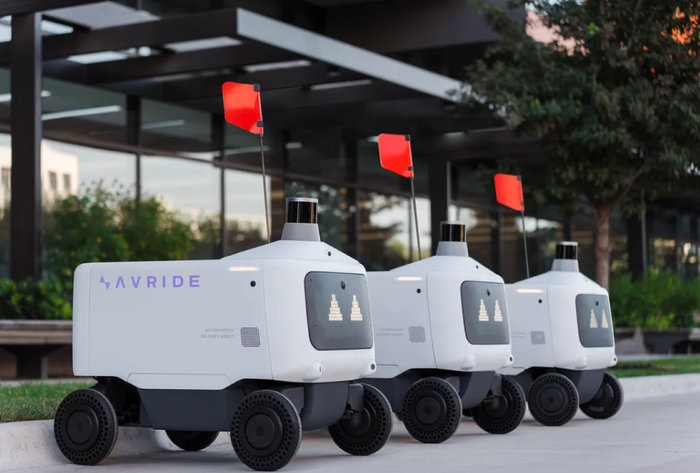5 Questions about Smart Manufacturing
Smart Manufacturing has hit what Canadian Malcolm Gladwell calls the tipping point. While the concept has been around for years, suddenly it’s everywhere.
July 14, 2016

By Andrew Waycott
Many of you may have seen my recent article, What is Smart Manufacturing? As well, MESA and other organizations have recently published videos that offers an excellent introductions to Smart Manufacturing.
Now here’s my take:
Question One: What’s new?
By definition, the answer keeps changing.
To start, the explosion of Smart Manufacturing has been made possible by:
Cheap, available, retrofit-able (to older machinery) sensors, to grab data from the factory floor
Powerful CPUs
Massive amounts of data storage
Big data analytics, often on cloud platforms
Intelligent devices, the Internet of Things.
Collectively, this has led to the breakdown of the old wall between the role of plant floor operations (“we operate as productively as we can”) and management (“we handle the money side.”) As the video says, manufacturers can now run their facilities as a digital enterprise.
As every day goes by, there are more answers to the “what’s new?” question. Augmented reality is a sexy one, and I think we’ll be seeing exciting examples of that in the coming years. Already, PTC is helping companies like Caterpillar Inc. (IW500/24) and Flowserve Corp. (IW500/207) deliver augmented reality value to their customers with their Vuforia solutions.
And here’s another change, one that I only realized recently. For years, my firm helped clients move into Smart Manufacturing through powerful but fairly pricey platforms, whose costs were a barrier to many. But today, there are a wealth of platforms at various cost levels; almost any manufacturer can find a solution to suit their needs.
It reminds me of the parallel with Facebook. At the outset, in 2004, it was available only at Harvard. Next, at other universities. But Facebook really exploded in popularity in 2007—its user stats went near-vertical—when they opened up their platform for other developers to build apps on. That’s what’s happening with Smart Manufacturing; it’s becoming pervasive and readily available.
Question 2: Who cares?
This is an easy one—every one of your stakeholders! Your shareholders care because they want greater profitability; your employees care because they want the best tools, plus the career advantage of working in a modern environment. Your customers care because they want more for less. And your competitors care because you’re more of a threat if you’re a Smart Manufacturer.
Question 3: Why now?
Why now? I think the answer is:
Because the payoff is remarkable. Sooner started, sooner realized.
Because your competitors are. And without Smart Manufacturing, you won’t be able to compete. It truly is that simple.
Because change always happens more slowly than we think. At Factora, we believe deeply that much of successful change is about people—not software or machinery. Ignore the people side and your change initiative will fail.
If you don’t start now, you can’t play quick-catch-up in a matter of days, weeks or months. It’s more than a new process, it’s a new way of operating. And that doesn’t happen overnight.
Question 4: Why me?
This is one of my favorite questions.
Why you? Because you’re reading this. Which means you’re a potential champion, a person who can pull colleagues and leaders together to make progress happen. And every change needs a champion.
To return to Facebook, just last week my wife showed me a quote she found there from a leadership consultant named Tim McClure: “The biggest concern for any organization should be when their most passionate people become quiet.”
Speak up!
Question 5: What do I do now?
Join groups, online and/or actual (MESA is just one possibility).
Find supporters—colleagues you work with today or have in the past, outside consultants who can offer counsel and professional services, your immediate supervisor or any other leader who seems open to new ideas.
Reach out and make change happen. Sooner is better than later!
This article originally appeared in our sister publication IndustryWeek.
You May Also Like






